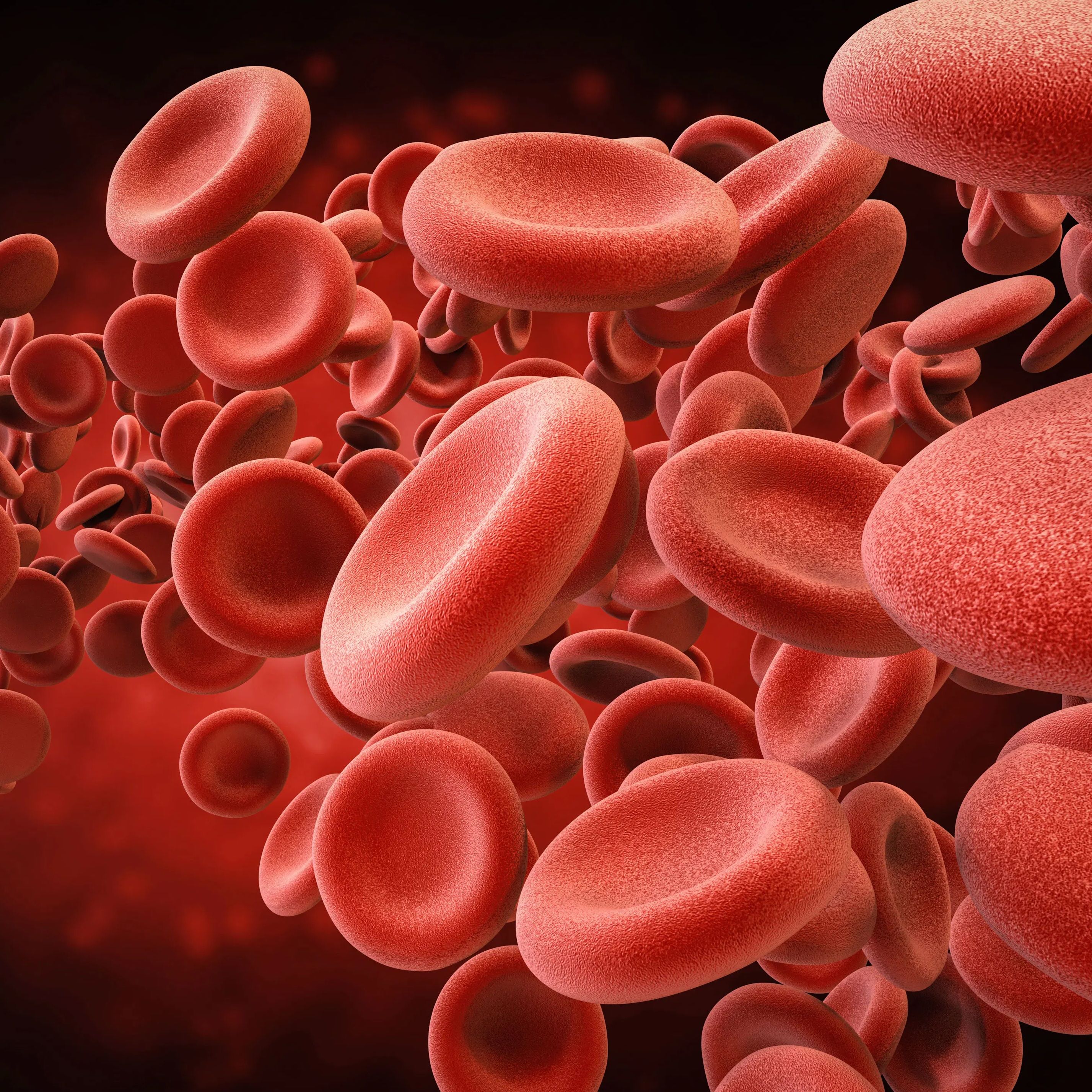News
Article
H. Pylori Infection with Iron Deficiency Linked to Anemia
Author(s):
A new study reveals that H. pylori is associated with low serum ferritin. In the study, H. pylori infection was associated with a 28.8% decreased serum ferritin, meaning the infection is linked to less iron stored in the body.
Credit: Pexels

Helicobacter pylori (H. pylori) infection is associated with iron deficiency anemia, low serum ferritin, low mean corpuscular hemoglobin, and low corpuscular volume, according to a new study conducted in Bangladesh.1
Previous research suggested an association between H. pylori and iron deficiency anemia. For example, in a 2022 Saudi Arabia-based study examining the association between H. pylori with iron deficiency anemia, the investigators found H. pylori decreases serum iron levels, which could lead to iron deficiency anemia.2
“Both Hb concentration and serum iron levels were significantly lower in H. pylori positive cases compared to controls and the prevalence of iron deficiency was seven times more in H. pylori positive cases compared to controls,” the investigators of the 2022 study wrote.
A new study led by A.S.A.A Raihan, MBB, MD, FRCP, from Bangabandhu Sheikh Mujib Medical University in Dhaka, Bangladesh, sought to find an association of H. pylori infection with iron deficiency and iron deficiency anemia in Bangladesh.1
The cross-sectional study examined dyspeptic patients with no mucosal lesion at upper GI endoscopy and who had a rapid urease test to detect a H. pylori infection. The investigators broke participants into group A and B. Patients testing positive for H. pylori were placed in group A (n = 134), and patients testing negative were placed in group B (n = 60). The study contained 194 patients, aged 18 – 60 years old. During the study, the investigators collected 5 ml of blood from every patient to find hemoglobin levels, serum iron levels, serum ferritin levels, mean corpuscular hemoglobin, and mean corpuscular volume.
After doing a multiple regression model, the investigators found a H. pylori infection was associated with a 28.8% decreased serum ferritin (95% CI, - 4.85 to -9.1; r2 = .271).
The mean corpuscular volume was 85.45±6.93 femtoliters (fL) in group A and 88.73±4.58 fL in group B, thus making the difference between the 2 groups statistically significant (P = .001).
Meanwhile, the mean corpuscular hemoglobin was 7.6±2.4 picogram (pg) in group A and 28.8 ± 1.4 pg in group B.
The investigators found > 39 ug/L of the iron-storing protein, ferritin, in 91% of group A and 67.9% of group B. Then, for <15ug/L, the investigators found 18% of the protein in group A and 13.4% in group B. The results for both were statistically significant.
The investigators compared male and females’ frequently of depleted or low iron stores. For males, 2 patients had low hemoglobin levels in group A, but none did in group B. Regarding adequate iron storage, 8 male patients did in group A while 5 patients did in group B. The results for low and adequate iron storage were not statistically significant (P > .005).
Then, for males with normal hemoglobin levels, 12 patients had depleted or low iron stores in group A and 2 patients did in group B. Forty male patients with normal hemoglobin levels had adequate iron storage and 36 patients did in group B. This time the difference was statistically significant (P <.05).
As for females, 8 patients with low hemoglobin levels had depleted or low stores anemia in group A but none did in group B. The frequency number had been greater in group A for females than males but consistent in group B.
For females with normal hemoglobin levels, 27 patients had depleted or low iron stores anemia and 2 did in group B. Sixty-three female patients had adequate iron store in group A, and 45 patients did in group B. Once again, the difference was statistically significant (P <.05).
Ultimately, the results suggest an association between H. pylori and iron deficiency anemia, low serum ferritin, low mean corpuscular hemoglobin, and low corpuscular volume.
References
- Raihan, A. Jahan K, Sarker, S. Association of Helicobacter Pylori and Anaemia.
- Mubaraki, M, Alalhareth, A, Aldawood, E, et al. The iron deficiency anemia in association to Helicobacter pylori infection in Najran city, Saudi Arabia. Journal of King Saud University – Science. 2022; 34 (8). https://doi.org/10.1016/j.jksus.2022.102353





